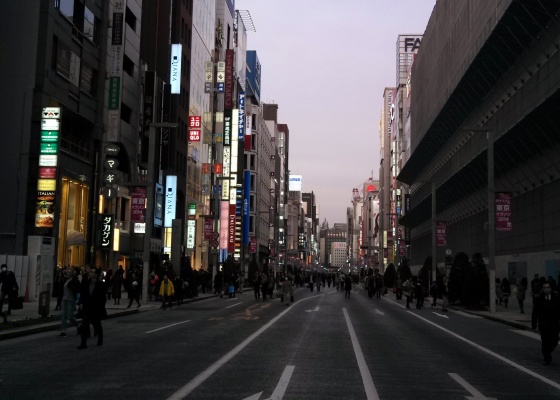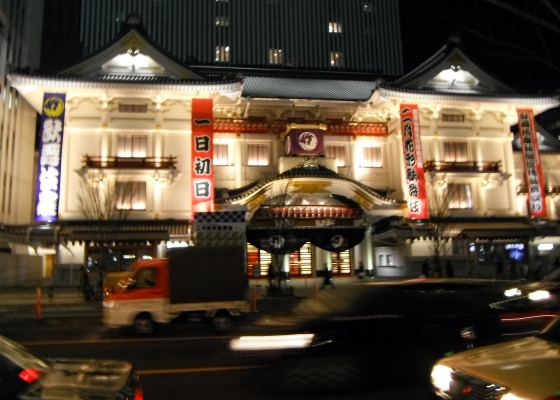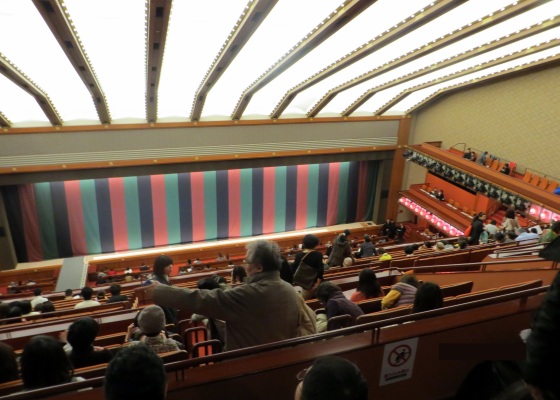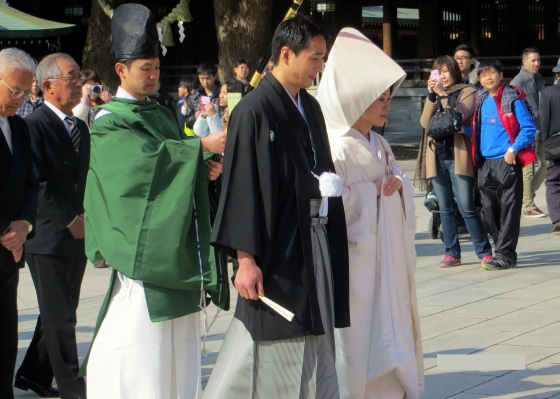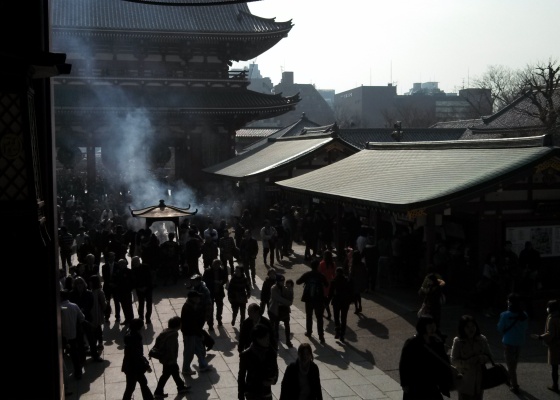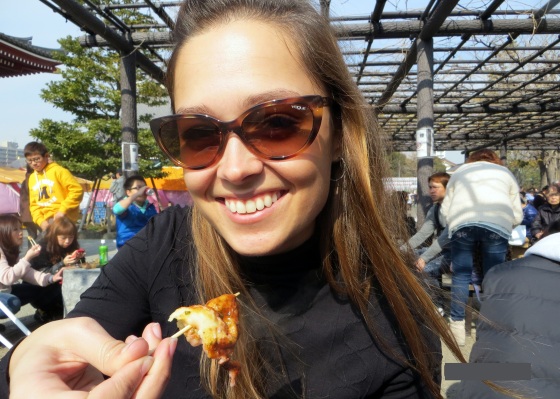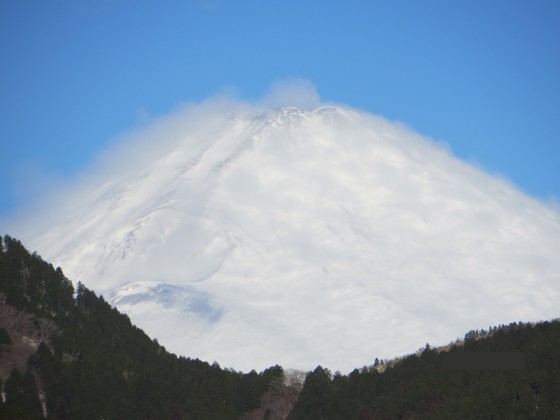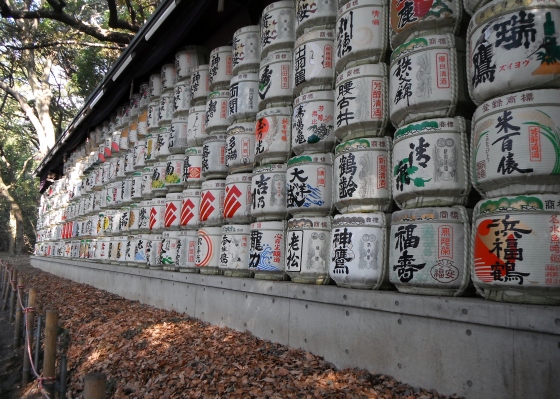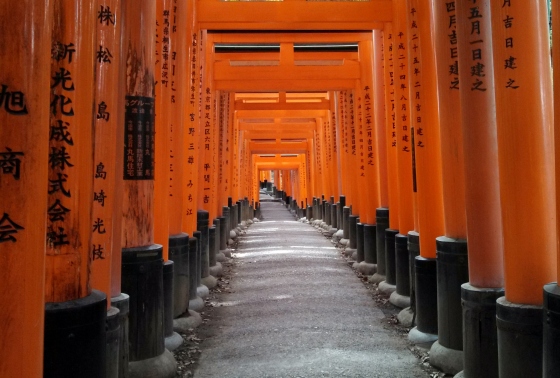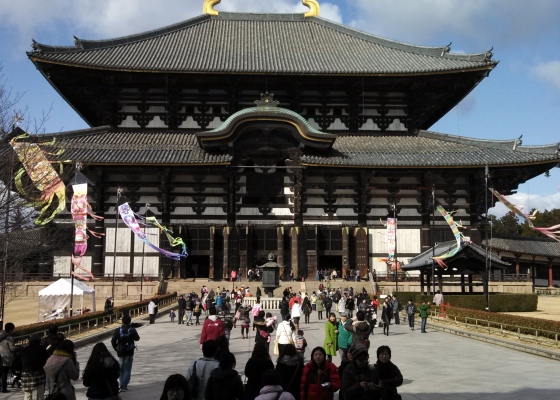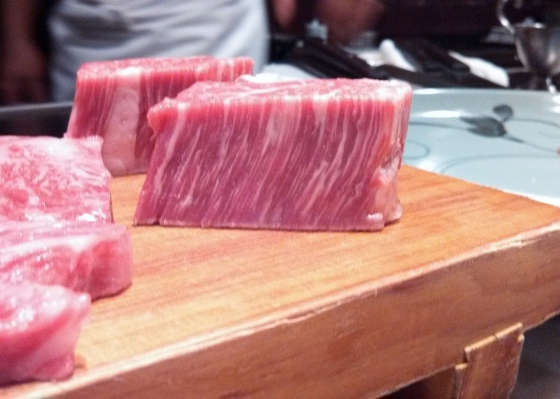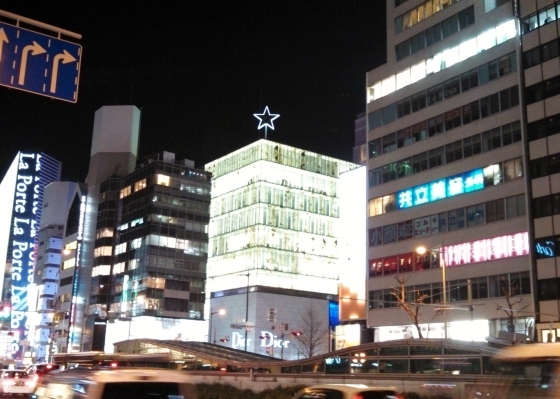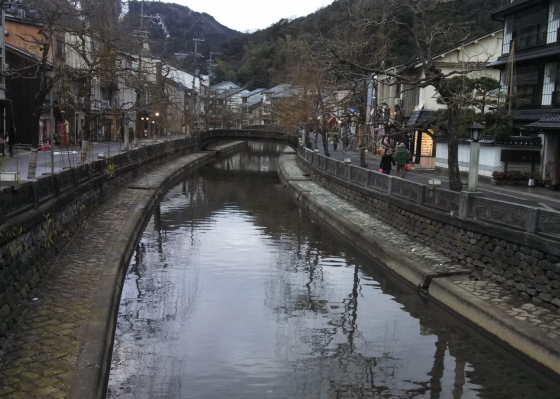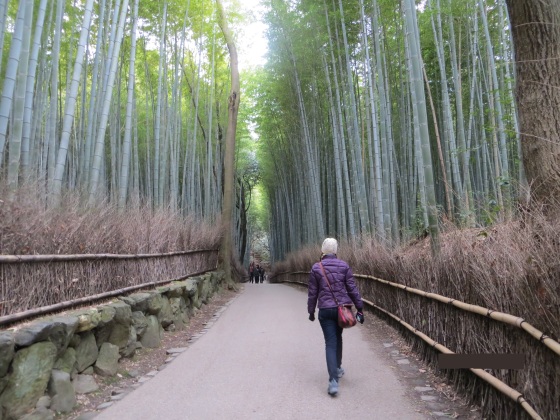Hello everybody,
For all of you who wrote asking for more, here it is, more about our adventures in Japan and our impressions of Tokyo. Lots of pictures too. This post comes as a courtesy from marianaonthemove.com, written by my awesome traveling companion, who is also–very conveniently–a travel blogger.
Enjoy!
D.
Preferring Tradition in Tokyo
The chorus of the Cee Lo Green song “Bright Lights Bigger City” was on repeat in my head as our bus carried us into Tokyo for the first time. The city is everything you’d expect from one of the great metropolises of the world – first class food and shopping abound, especially in Ginza, the 5th Avenue-esque district we called home during our stay. Bright neon lights lit the way by night, and by day the streets were packed with cars and the sidewalks crowded with people.
But while Tokyo is home to some interesting modern architecture, I was actually surprised by how normal the city looked. I guess I was expecting Tokyo to be a futuristic mecca pulled straight from the pages of a Jetsons cartoon. And while some individual buildings certainly lived up to that idea, my stereotypical western view of a shiny, ultra-modern city was mostly erased by our first day on the ground.
That’s not to say that Tokyo isn’t shiny – actually, we found every city we visited in Japan to be immaculate. And I was very impressed with the relative ease and efficiency of the public transportation system – even for someone who knows zero Japanese like me.
But Tokyo surprised me. Because it wasn’t its shine I fell in love with, it was its antiquity. Most of the attractions I loved in the city were traditional temples, shrines, and neighborhoods. Call me a sucker for nostalgia, or maybe even a snob for the neon and new (as a former New Yorker, I’m not easily impressed with tall buildings), but I found myself much more drawn to the cultural sights then the polish Tokyo is often known for.
So what were some of my favorite parts of traditional Tokyo?
Kabuki-za
I have always been a huge theater lover, and seeing a traditional Kabuki performance was high on the list of things I wanted to do in Japan. As it turned out Kabuki-za – the premier place in Tokyo to catch a Kabuki performance – was located just down the street from our hotel in Ginza. But every time we passed the theater seemed to be closed, and with a packed sight-seeing schedule already, we knew some activities had to be cut. I resigned myself to crossing this particular want off my to-do list on another trip. We couldn’t make out what the Japanese signage in front of the building said anyway.
But luck was on our side, and one morning as we headed to the subway we noticed a large crowd of people gathering outside of the theater. We decided to go closer and try and figure out what was going on, and before we knew it, we were buying tickets for the first act of the show – which started in just 15 minutes!
Our ‘seats’ were standing room only, and we stood on a bench at the highest point in the theater. But for only 1,000yen ($9.75 US) and absolutely no planning we couldn’t be more thrilled to be there.
The experience was fascinating. The show took place in many acts over the entire day. From what we understood from our translating ear pieces (only 100yen, or $.98US for a rental), the art of kabuki is less about telling a story and more about framing a picture. Each scene is designed to look like a traditional Japanese woodblock print. Sometimes a theater will actually present acts from different plays over the course of a performance, rather than performing acts from a single play chronologically. All of the parts are played by men, and when the audience likes a particular character, they call out the name of the actor in the middle of the scene.
Our tickets were only for the first act, which turned out to be just the right amount of time to get a feeling for kabuki while managing to stand in the back of a hot and crowded theater without fainting (about 1 hour). While interesting, it was also very abstract, and mom and I still had a lot of things to see.
Hamarikyu Onshi Teien
Once the imperial hunting grounds, this area has since been transformed to a beautiful public garden. Visiting in February, we were lucky to see a few plum blossoms blooming, and I can only imagine what this place looks like in the spring! Located right on the water and surrounded by a moat, the garden features a plum tree grove, a peony patch, and a large field of cosmos.
At the center of a beautifully landscaped lake within the park was a lovely tea house where we sampled matcha (powdered green tea) and red bean paste sweets served in the style of a traditional Japanese tea ceremony. It turns out there are quite a few rules when it comes to when and how to drink your tea and eat your sweets. But luckily for us foreigners, the smiling ladies who run the tea house presented us with a laminated, English-language instructional guide.
Meiji Jingu
The Meiji shrine is one of the most famous in Tokyo, and is dedicated to the spirits of the Emperor Meiji and his wife Empress Shoken. The couple spearheaded Japan’s own industrial revolution, often referred to as the Meiji Restoration, and are some of the most celebrated figures in the country’s history.
The grounds are large and immaculately kept, at the center of which is the main shrine complex. We visited on a weekend and, although it was a bit crowded, this allowed us the treat of witnessing several wedding processions through the shrine.
Aren’t the bride and groom stunning? I was totally entranced by this couple as they passed. The bride in particular looked so beautiful and demure, and kept her eyes bashfully cast down the entire length of the procession. I loved it.
Setsubun Matsuri at Senso-ji
Another stroke of luck brought us to the Setsubun festival at Senso-ji, Tokyo’s oldest Buddhist temple. Setsubun celebrates the end of winter, and while Punxsutawney Phil forecasted another 6 weeks of cold weather back in the states, the Japanese were welcoming spring by throwing roasted soybeans to purify and drive away evil spirits. At the temple, VIPs threw the beans into an eager crowd – apparently it is very good luck to catch a sack.
While it was fun to witness this special ceremony, Senso-ji warrants a visit even without the occasion. The grounds include a beautiful central plaza, a massive gate, a five-story pagoda, and a large, gorgeous, hand-painted main hall.
And leading up to the temple you’ll find what turned out to be my favorite market in Japan – Nakamise-dori. This long street featured all sorts of fun goodies – from souvenirs to handmade crafts, to foods of all types. It was here that mom and I faced one of our biggest culinary challenges of the trip – a gooey, slimy, salty ball of octopus and batter.
Yes Tokyo is known for being modern and trendy, but it was the pockets of tradition that shined brightest to me.
For more about our Japan trip and other travel adventures, visit
http://marianaonthemove.com/2014/02/22/preferring-tradition-in-tokyo/
